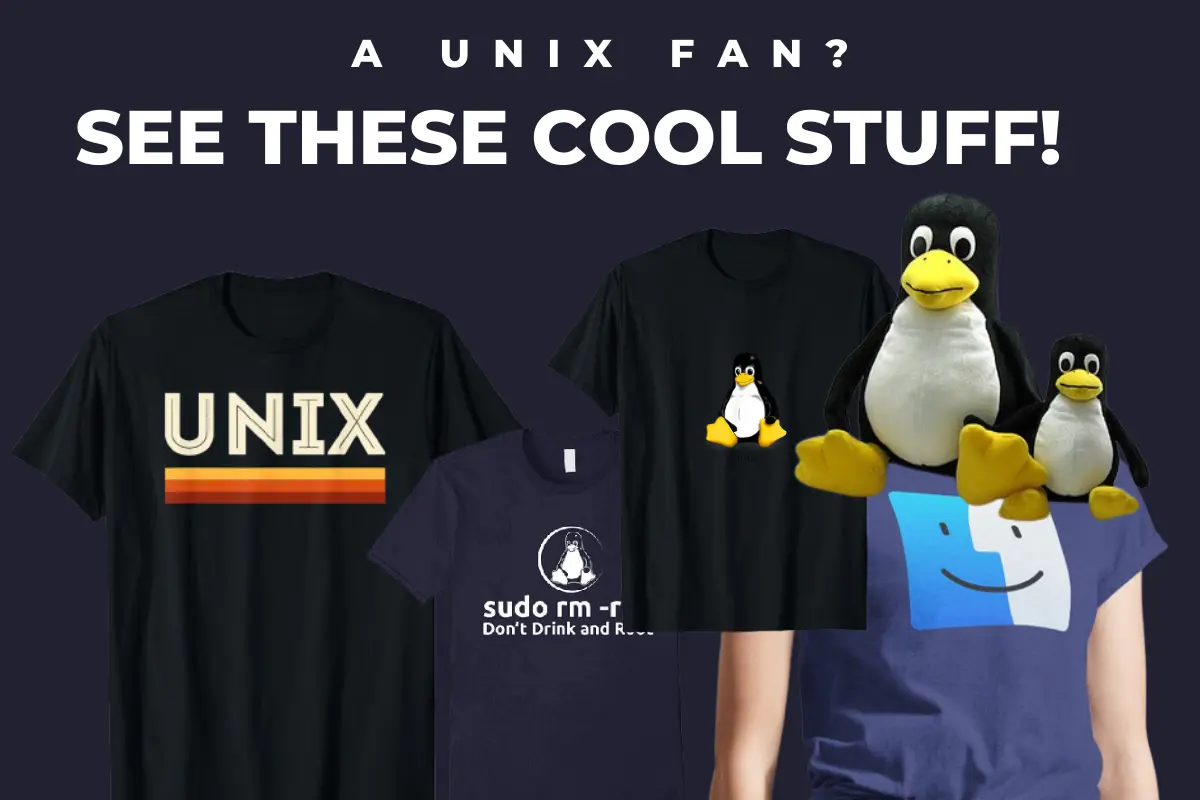2023-09-29T01:28
Exploring the Varieties of Bash Types in Unix

Unix, the venerable operating system that underlies many of the world's computing systems, offers a plethora of options when it comes to command shells. Among the most popular are various flavors of the Bourne-Again Shell, or bash. In this article, we will embark on a journey to explore the different types of bash shells available in the Unix world, highlighting their unique characteristics and use cases.<br><br>Bourne Shell (sh): The granddaddy of Unix shells, Bourne Shell, was the original. It's minimalistic, efficient, and highly portable. While it lacks some advanced features found in its descendants, it's still widely used for scripting due to its compatibility.<br><br>Bourne-Again Shell (bash): Developed as an enhancement of the Bourne Shell, bash is the default shell for most Unix systems. It boasts features like command history, tab completion, and job control, making it a powerful choice for both interactive use and scripting.<br><br>C Shell (csh): C Shell has a syntax resembling C programming language and is favored by some programmers. It features aliases and a history mechanism but has limitations compared to bash, especially for scripting purposes.<br><br>TENEX C Shell (tcsh): An improved version of C Shell, tcsh offers command-line editing capabilities, command history, and programmable word completion. It's a more user-friendly alternative for those accustomed to C Shell.<br><br>Korn Shell (ksh): Korn Shell combines the best features of the Bourne and C Shells while adding its own enhancements. It's efficient and scripting-friendly, making it an excellent choice for power users and system administrators.<br><br>Z Shell (zsh): Known for its extensive customization options and enhanced scripting capabilities, zsh is a favorite among developers. It offers advanced features like prompt theming, plugin support, and powerful tab completion.<br><br>Fish Shell: Fish Shell is designed to be user-friendly and interactive. It has a straightforward syntax, syntax highlighting, and excellent auto-suggestions. Fish Shell excels in providing an enjoyable command-line experience.<br><br>Dash: Dash is a minimalistic shell known for its speed and adherence to POSIX standards. It's often used as the default system shell for some Unix distributions, focusing on efficiency and reliability.<br><br>Almquist Shell (ash): Ash is a lightweight, POSIX-compliant shell that is popular in embedded systems and as a recovery shell in some Unix distributions. It sacrifices advanced features for minimal resource usage.<br><br>Friendly Interactive Shell (fish): Fish, or Friendly Interactive Shell, lives up to its name by offering a user-friendly and interactive command-line experience. It boasts powerful auto-suggestions and syntax highlighting.<br><br>Bash-Compatible Shells: There are several bash-compatible shells like mksh (MirBSD Korn Shell) and dash that aim to provide bash compatibility while focusing on minimalism and efficiency.<br><br>Customization and Configuration: Zsh stands out in terms of customization, with its extensive framework for themes, plugins, and prompt customization. Fish Shell also offers a range of customization options.<br><br>Scripting and Automation: Bash and Korn Shell are the go-to choices for scripting and automation tasks due to their robust scripting features and widespread use in Unix environments.<br><br>Interactive Use: Zsh and Fish Shell shine when it comes to interactive command-line use, offering features like advanced tab completion, syntax highlighting, and helpful prompts.<br><br>Resource Usage: Dash and Almquist Shell (ash) are known for their minimal resource usage, making them suitable for resource-constrained systems.<br><br>Compatibility: Bourne Shell (sh) remains the most compatible shell, ensuring scripts written in it can run on almost any Unix system.<br><br>Extensibility: Zsh and Fish Shell excel in extensibility, allowing users to add functionality through plugins and custom scripts.<br><br>Learning Curve: C Shell (csh) and its variants are often criticized for their steeper learning curve compared to more modern shells like bash and zsh.<br><br>Community and Support: Bash enjoys widespread community support, making it easy to find resources and solutions for common issues.<br><br>Legacy Systems: Bourne Shell (sh) is still in use on many legacy Unix systems, making it essential knowledge for system administrators.<br><br>Choosing the Right Shell: The choice of shell depends on your specific needs. For interactive use, consider zsh or Fish Shell. For scripting, bash or Korn Shell might be more appropriate.<br><br>Hybrid Approaches: Many Unix users adopt a hybrid approach, using different shells for different tasks. For instance, using bash for scripting and zsh for interactive sessions.<br><br>Staying Current: Stay updated with the latest developments in the Unix shell landscape to make informed decisions about which shell to use.<br><br>Conclusion: The Unix world offers a rich tapestry of shell options, each with its own strengths and weaknesses. Understanding the differences between these bash types empowers users to make informed choices based on their specific needs.



